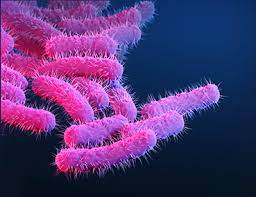Please click the frequently asked questions below for further information and IPC precautions required:
What is Shigella?
Shigella, also known as bacillary dysentery, is a genus of bacteria of which four species cause disease in humans: Shigella dysenteriae, Shigella flexneri, Shigella boydii, Shigella sonnei.
Shigella is highly infectious and is transmitted easily from person to person.
Individuals should be considered infectious for 48 hours after cessation of symptoms.

Why is this information important?
If NIAS staff are aware that the patient has a suspected or confirmed case this should be communicated to the Control Room (Emergency or Non-emergency as appropriate) and the staff in the receiving unit when transferring the patient to ensure effective patient care and management.
How is it spread?
Shigella is highly infectious and is transmitted easily from person to person, through a faecal-oral route, contaminated food/water or by contact with contaminated surfaces or objects.
What are the symptoms of Shigella?
Symptoms usually includes:
- Diarrhoea (Often containing blood or mucus)
- Fever
- Nausea and vomiting may accompany the diarrhoea
Severe cases can include toxaemia and a toxic megacolon.
IPC Precautions
- Contact precautions should be used.
- Hand Hygiene should be completed as per the 5 moments in line with usual practice with Soap and Water
- Eye protection should be risk assessed and worn if any risk of splashes.
- Gloves and Aprons should be worn.
- The patient should be transported via ambulance with no other patients present.
- Laundry should be treated as contaminated, placed into an alginate bag and placed into a red laundry bag.
What cleaning is required?
All equipment and the ambulance should have an in-between patient clean paying particular attention to touch points.
Do staff need any prophylaxis or follow up?
If staff have been exposed to a confirmed or suspected case of Shigella they should remain vigilant for any symptoms but there is no active follow up required.
If staff become symptomatic they should remain off work until at least 48 hours asymptomatic (72 hours if food handling).
